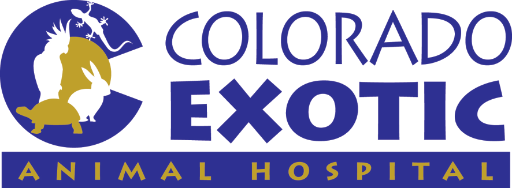Assist Feeding
If your guinea pig is not eating well, it needs to be started on a diet such as Oxbow's Critical Care for Herbivores right away. It is much easier to help a sick guinea pig that has been assist fed until you are able to have it seen by a doctor than it is to help one that has been hungry and thirsty for several hours. Make sure that your guinea pig is also getting one or two tablespoons of water by mouth several times a day.
If you do not have a packet of Critical Care for Herbivores (abbreviated as CCH), you may come in any time to buy a packet to have on hand as part of your guinea pig "First Aid Kit".
Assist-feeding a guinea pig can be a difficult procedure. Before you try feeding, please make sure you have the following items prepared:
- A feeding syringe and a small syringe filled with water to flush the mouth between feedings and when you are finished with a feeding session
- The CCH should be mixed to a slurry. It is best to mix it up at least 15 minutes ahead of time so that it has fully absorbed the water and expanded to the right consistency. Some guinea pigs tolerate the CCH better if it is prepared with warm water (105°F) or has a small amount of banana or fruit juice added to the mix while others take it fine prepared with cool or lukewarm water. Practice squirting this through the feeding syringe to make sure it doesn't clog.
- A towel to towel wrap your guinea pig and stop its wriggling. Most guinea pigs need to be firmly wrapped in a towel (a guinea pig "burrito") during the assist feeding while some tolerate it better if held loosely. You should wear clothes you don't mind getting messy!
- A helper may be necessary until you gain experience holding your guinea pig and syringe-feeding at the same time.
- Any oral medications that are needed should be loaded and ready to go before starting. It is best to give the oral medications before you start the feeding effort.
Towel wrap your guinea pig snugly, so its front paws are contained within the towel and its head is poking out the top. Place your guinea pig with its bottom in your lap with its head slightly elevated. Do not elevate the front half of the body too high as this can cause it to gag and choke during the feeding process. Hold gently but firmly on either side of its head on the cheeks with your thumb and forefinger to prevent it jerking away from the syringe.
Fill the syringe with CCH. Place the syringe tip into the mouth as far back as possible and pointed slightly downward. Slowly inject about 3 ml of the CCH into its mouth and let it chew for a few minutes before trying to offer more. If you put too much in at one time, it will spit it out. After two or three squirts of food, follow with about 3 ml of water, then try the food again. You may have to rest and just pet your guinea pig every few minutes if it is appearing distressed by the whole experience. It takes patience to get enough into
It is important to have your guinea pig seen as soon as possible and to never continue the assist-feeding more than 24 hrs without the advice of a veterinarian!

